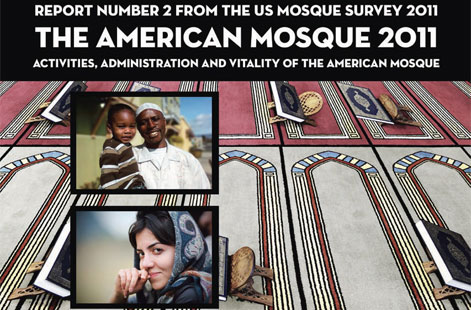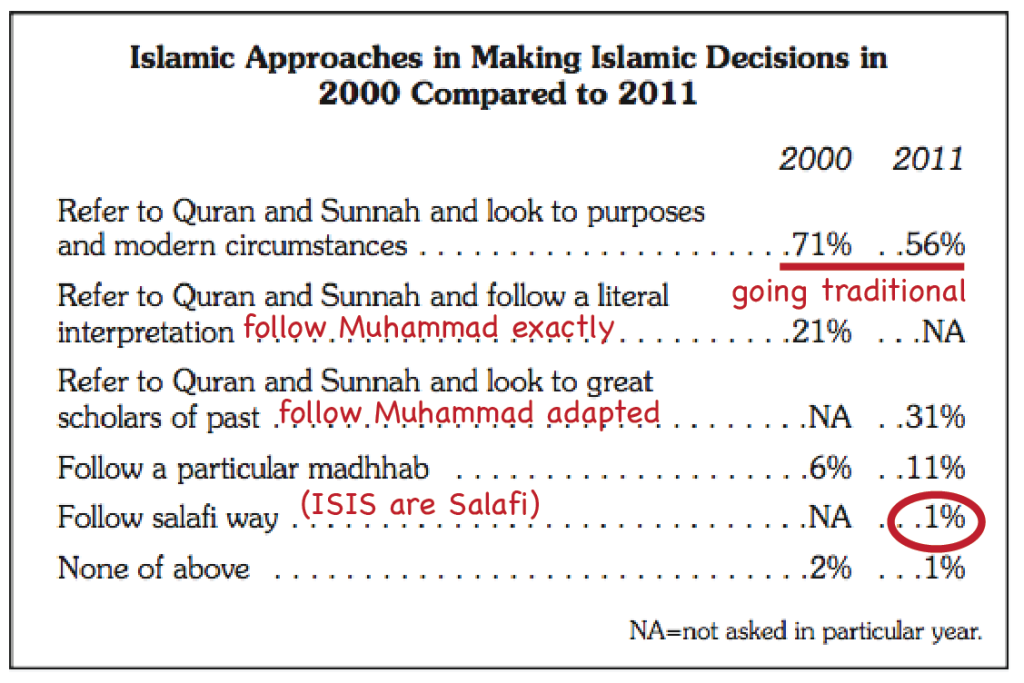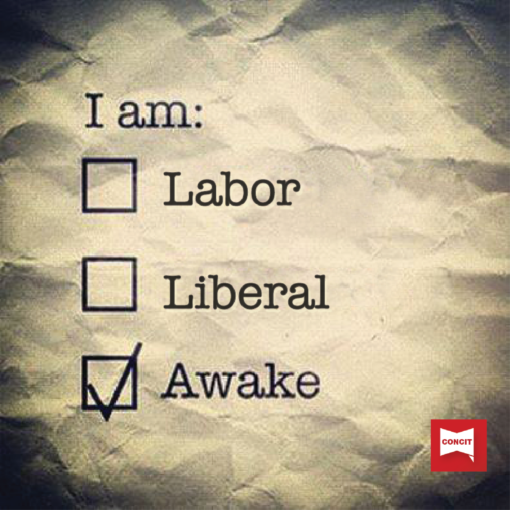A survey was conducted on 2,106 mosques over a ten year period by CAIR. To gauge the attitude of mosque leaders in the USA and how they interpret Islam the survey offered four categories of increasing conservatism.
Understanding the results for the US.
What we see over the ten years is an increasing conservatism (fundamentalism) in the position of Mosques.
Despite the slight change in categories we still can also see a 16% shift in interpretation to more traditional outlooks from mosques which had a liberal tradition to becoming more literal.
As an aside—Salafi is the traditional outlook of ISIS and Osama Bin Laden.
In 2005 various international papers reported on the radicalisation of US mosques saying “Over 80 percent of the mosques in the United States “have been radicalised by Saudi money and influence,” ”
The heavy investment of Saudi trained scholars of Wahhabi tradition into US mosques is reflected in this change to a more conservative approach.
What in now means is that 43% of Imams follow and preach a more tradition form of Islam in the United States.
The Degrees of Convervatism— (1 Liberal to 4 Strict)
1 “Refer to Quran and Sunnah and modern circumstances.”
This approach prefers to go back toQuran and Sunnah as their authority as opposed to following a traditional
madhhab, but in understanding the Quran and Sunnah they are open to interpretations—mainly by modern scholars—that look to the overall purposes of the texts, as opposed to looking only to the literal meaning, and moderncircumstances. This approach is typically a more flexible approach.
2 “Refer to Quran and Sunnah and follow an interpretation of the great scholars of the past.”
This approach looks to all great scholars of ithe past. This approach varies a great deal in application but for the most part it is more conservative than the approach that is open to the consideration of the purposes of the Law and modern circumstances.
3 “Follow a particular madhhab” (a traditional legal school of thought).
Overall this approach means the mosque leader prefers to follow the traditionalway of doing things like it was done back in the old country.
A madhhabrefers to a legal school of thought in Islamic Law which developed and solidified in the classical period of Islamic Civilization. Most mosque leaders who opt for this approach tend to be traditionalists and therefore fairly conservative in their practice of Islam. (The majority of Shi’ite mosque leaders (66%) chose the madhhab approach).
4 “Follow the salafi minhaj” (way of thought).
The salafi approach is akin to Wahhabi thought, and is associated with a more literal understanding of Islam, in an effort to follow strictly the ways of the first three generations (the salaf) of Islam.
About the Survey
(Commissioned by the Council of American Islamic relations (CAIR) : The US Mosque Survey 2011 is a comprehensive study of mosques in America. The Survey consisted of (1) a count of all mosques in America and then (2) a telephone interview with a mosque leader (Imam, President or board member) from a large sample of mosques. A total of 2,106 mosques were counted.)
Top recommendations
- Casino Utan Spelpaus
- Casino Non Aams
- Crypto Casino
- Casino Sites Not On Gamstop
- Migliori Casino Online Non Aams
- UK Casino Not On Gamstop
- Gambling Sites Not On Gamstop
- Slots Not On Gamstop
- Non Gamstop Casino Sites UK
- Sites Not On Gamstop
- Online Casinos
- Not On Gamstop Casinos
- Non Gamstop Casinos UK
- オンラインカジノランキング
- Gambling Sites Not On Gamstop
- Casino Online Non Aams
- UK Online Casinos Not On Gamstop
- Melhores Cassinos Online 2025
- Non Gamstop Casinos UK
- Gambling Sites Not On Gamstop
- Online Casino
- Casino Not On Gamstop
- Non Gamstop Casino Sites UK
- Best Non Gamstop Casino
- Crypto Casino
- Tous Les Sites De Paris Sportifs Belgique
- Meilleur Site Casino En Ligne Belgique
- Casino Online Non Aams
- Casino En Ligne Fiable
- Casino En Ligne France





